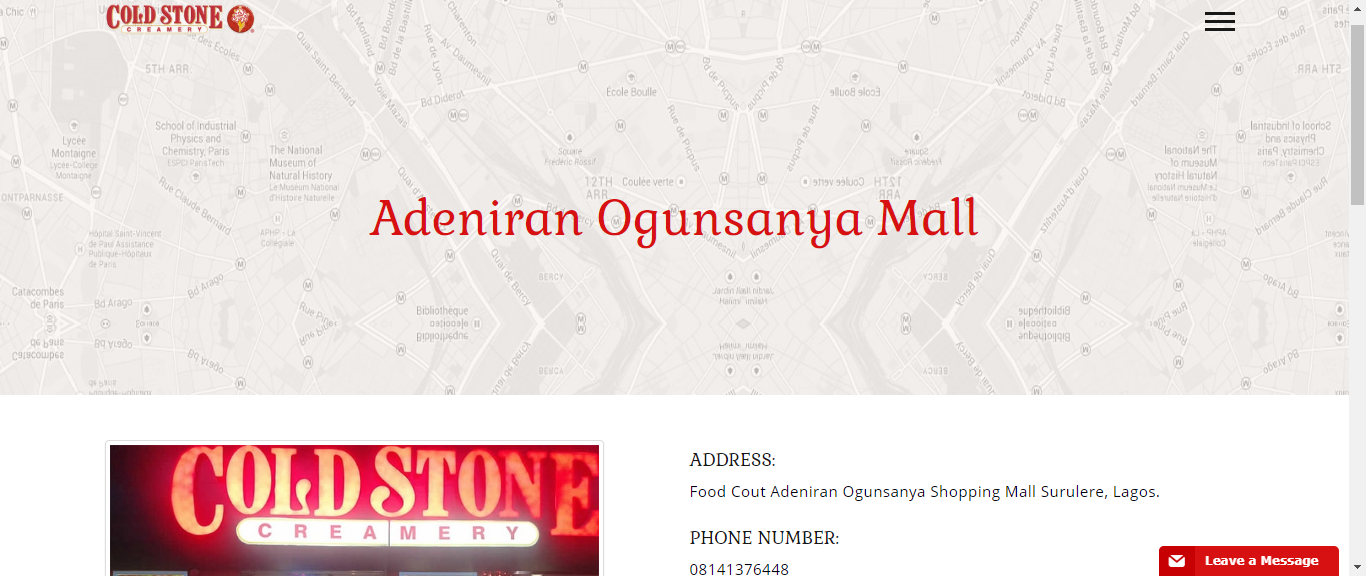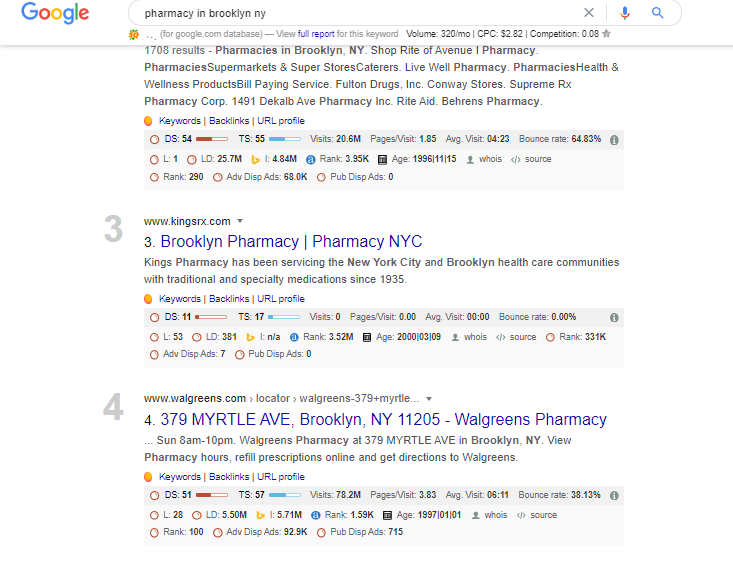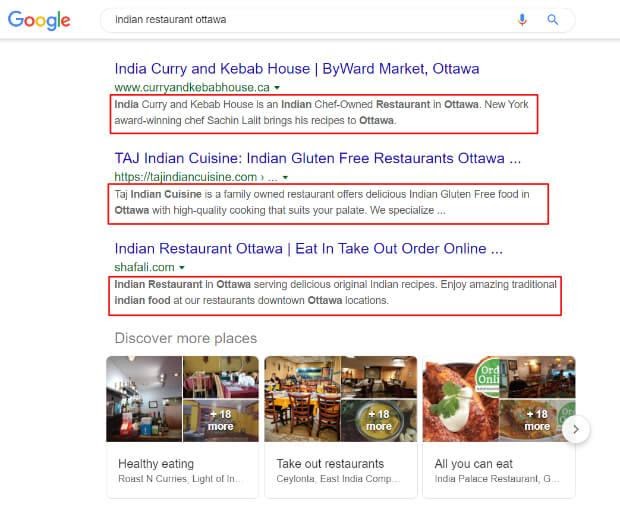Zainab my friend has been a fashion designer for about 6 years. She is doing pretty well for herself but she knows there’s a marketing level she is yet to unlock.
Aisha was Zainab’s student 4 years ago. She doesn’t have a shop; she still sews in her room. But by some miracle, she’s getting a whole lot of clients for someone who people can’t see as they walk down the street.
Is it really a miracle though?
What was Aisha’s secret? Aisha had a shop bigger and cheaper than a physical shop. A website. She used this website to target local customers in need of her services and convince them to patronize her.
You may be thinking, “I have a website too, but I do not get as many customers as Aisha.”
A local SEO checklist guides you on how to optimize your website to get local customers.
Local SEO Checklist
1. Determine the Problems You Want to Solve
Understand the stage your customer is of the buyer’s journey. With this information, you are able to give them the exact answers to the questions they visited your page with.
Providing your audience with what they need will keep them longer on your website. If they stay longer, your chances of converting them is higher.
2. Add NAP Information to your Homepage
It is important to make it easy for people who visit your website to contact you. Ensure that the name, address and phone number of your business is very visible on your home page.

Use the same details on your Google My Business page for your home page to avoid confusion. You do not want your customers struggling to find your correct details. Most customers will abandon your page if they experience difficulty in finding your contact details.
3. Ensure that all On-Page Elements Are Local-SEO Friendly
On-page elements are the features that make up your website. Incorporate your location into your on-page elements
Search engines work with algorithms. They use the different elements of your website and its content to understand what your website is about. Then they rank your page based on their understanding
According to Chima Mmeje, the owner of Zenith SEO Copywriting Services, optimizing your on-page elements for local SEO helps Google to understand your website is for a specific local audience. This enables them to present your website on SERP for your target customers. It will improve your
- Ranking
- Click-through rate
- Website traffic
- Conversion rate.
Listed below are some on-page elements and tips on how to optimize them for local SEO.
Title Tags
A title tag is the headline for your page. Your title tag can make all the difference for your website. 36% of SEO experts think the headline/title tag is the most important SEO element. This is because your title tag is the first thing people see on your page.
Create a title tag that is very compelling but straight forward. A captivating title tag will definitely make people click on your page to get more information.
It is not just enough for your title tag to be captivating, it has to be local-SEO friendly too.
Include the location and keyword you want to rank for in your title tag to optimize it for local search.

For instance, I entered a search for pharmacies in Brooklyn. The websites on the first page all had their location in their headline. If their location wasn’t there, they wouldn’t have ranked for that specific location.
Meta Descriptions
A meta description is a short paragraph that gives readers an idea about the content of your page. It is shown below the title tag. Neil Patel says that 43% of people click on a given result, solely based on the meta description.

A meta description is another way of enticing a potential customer into clicking on your page. Make your meta description engaging but very brief.
Incorporate your location and your targeted keywords into your meta description to optimize it for local search. Avoid choking your meta description with keywords such that it doesn’t make sense.
URL
A Universal Resource Locator is the online address of your webpage. A short and straight forward URL structure is easy to remember. People will visit a website that is easy for them to remember more often and will even tell others about it.
Integrating your location and a short form of your headline is good for optimising URL for local SEO.
4. Claim GMB Listing
Google is the most used search engine in the world. Registering your business on Google is one the best ways to attain visibility online.
Claiming your Google My Business listing involves putting up your business address and data on Google My Business tool. The average business is found in 1,009 searches per month, with 84% of these coming from discovery searches.
Google My Business is the golden tool for your local business, especially if you don’t have a website. It is packed with a lot of features that gives potential customers insight on your business. It is also gives you a platform to engage your customers and get feedback from them.
Include directions to your business and put up your location on Google Map. Your customers would find you easily this way.
5. Use Schema to Provide More Information About Your Local Business to Google
Schema markup is a code placed on your website to give Google an enhanced description of page. Helping google understanding your page is fundamental to getting the right visibility.
After all the effort you put into creating your website and content, it will be a waste if it is not presented to the people mostly likely to visit you.
Schema markup gives google in depth information on your business. Armed with this information, Google can identify your target audience and display your business.
Conclusion
Local SEO is not optional if you run a business in today’s digital world. Hopefully, these tips will help you get set up and meet your customers when they need you.
Author Bio
Chioma Mmeje is an aspiring copywriter and fashion designer. When she’s not creating content for Zenith Copy, she’s working on fashion design and tinkering over her sewing machine.